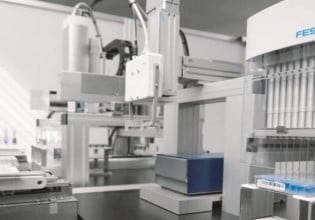P
Paul Jager, P.Eng.
Curt, Personally I would never use another PLC, in all but perhaps a strictly cost driven project (e.g. very small SLC's etc.), for the reasons you describe. Engineers tend to have a narrow range of focus - that is on tasks rather than whole systems, or whole systems within a operating business. Such is the design of the PLC, dedicated hardware, task based developed with fear of failure. There was a time this fear was justified, however we have proven 99.99% uptime with servers in the past five years. So while it is a consideration, in presentations over the past year we have been able to cleary demonstrate to major corporations, the advantages of the Linux control server based approach. Of course the LPLC within automationX is just one facet of the system. But go further than "replace" PLC's just as PLC replaced relays. Be careful NOT to translate the hardware box approach into the LPLC, as the name implies. You have the ability, from a computing standpoint to create a Linux Automation Server. Such is the approach of automationX. As a matter of fact as I have been monitoring the list a lot of the issues faced in the LPLC development, have been overcome or decided in automationX. If I were sketching the the functionality of the LPLC, or Linux Automation Server, I would give automationX a very good look, and to be frank pattern the product after what we did. Long time listener, first time contributor... Paul Jager CEO automationX www.mnrcan.com _______________________________________________ LinuxPLC mailing list [email protected] http://linuxplc.org/mailman/listinfo/linuxplc






